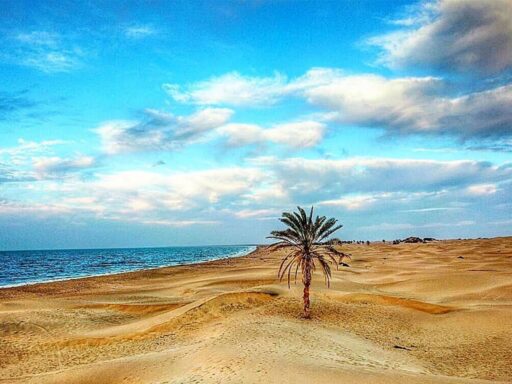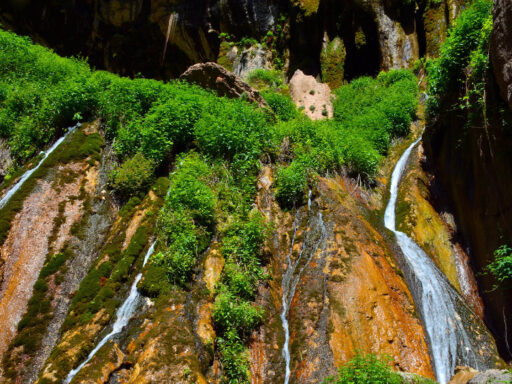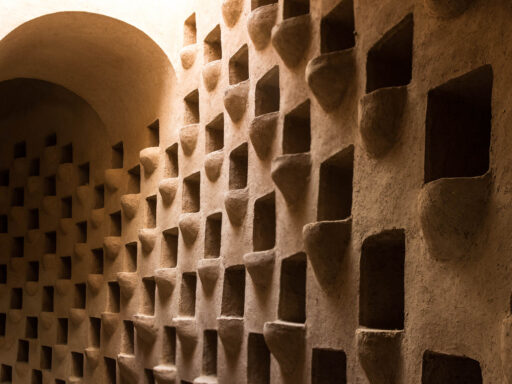Table of Contents
ToggleTop 10 Ancient locations of Isfahan, Iran
In this article, you will get to know Top 10 Ancient locations of Isfahan, Iran. Isfahan, located in central Iran, is a city steeped in history and cultural significance. Known for its stunning architecture, intricate mosaics, and vibrant atmosphere, Isfahan has been a hub of Persian culture for over a millennium. The city’s rich heritage is best exemplified by its ancient landmarks, each telling a unique story of Isfahan’s past. In this blog post, we will take you on a journey through ten of the most remarkable ancient places in Isfahan, showcasing the city’s deep-rooted history and architectural marvels.
1. Naqsh-e Jahan Square (Imam Square)
History and Significance
One of Top 10 Ancient locations of Isfahan is Naqsh-e Jahan Square, also known as Imam Square, is the heart of Isfahan and one of the largest city squares in the world. Built in the early 17th century during the reign of Shah Abbas I, the square was designed to showcase the grandeur and power of the Safavid dynasty. It served as a central gathering place for festivals, markets, and sporting events, and was surrounded by magnificent structures that embodied the finest of Persian architecture.
Architectural Marvel
The square is surrounded by four grand buildings: the Shah Mosque (Imam Mosque), the Sheikh Lotfollah Mosque, the Ali Qapu Palace, and the Qeysarie Portal. These structures are renowned for their intricate tilework, soaring domes, and towering minarets. The Imam Mosque, in particular, is considered a masterpiece of Persian architecture, with its stunning turquoise tiles and grand central dome.
UNESCO World Heritage Site
In 1979, Naqsh-e Jahan Square was designated as a UNESCO World Heritage Site, recognizing its outstanding universal value as a testament to the social and cultural life of Persia during the Safavid era.

2. Shah Mosque (Imam Mosque)
A Masterpiece of Islamic Architecture
The Shah Mosque, also known as the Imam Mosque, is a breathtaking example of Persian Islamic architecture. Built during the reign of Shah Abbas I in the early 17th century, the mosque is renowned for its grandeur, symmetry, and intricate tilework.
Stunning Features
The mosque’s most striking feature is its grand central dome, which stands at a height of 52 meters and is adorned with intricate geometric and floral patterns. The mosque also boasts four towering minarets, a spacious courtyard, and a series of iwans (vaulted halls) that showcase the finest of Persian craftsmanship.
Acoustic Wonder
In addition to its visual splendor, the Shah Mosque is also known for its remarkable acoustics. The dome is designed in such a way that the sound of prayers and recitations can be heard clearly throughout the mosque, creating a deeply spiritual atmosphere.
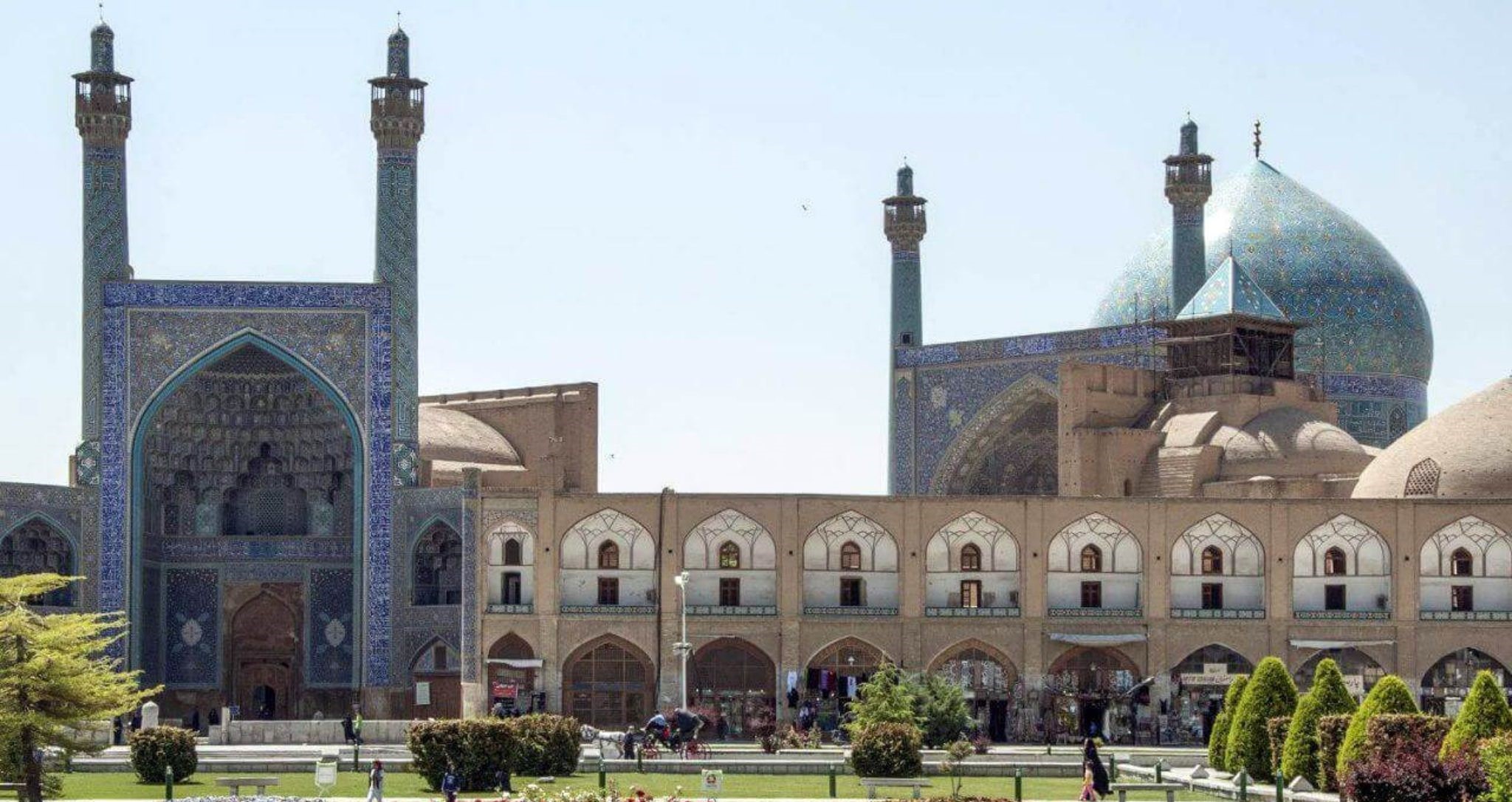
3. Sheikh Lotfollah Mosque
An Architectural Gem
The Sheikh Lotfollah Mosque, situated on the eastern side of Naqsh-e Jahan Square, is a stunning example of Persian architecture from the Safavid era. Built in the early 17th century, the mosque was designed as a private chapel for the royal family and named after Sheikh Lotfollah, a prominent religious scholar of the time.
Unique Design
Unlike most mosques, the Sheikh Lotfollah Mosque does not have any minarets or a courtyard. Instead, it features a single dome that is adorned with intricate tilework and calligraphy. The interior of the mosque is equally impressive, with its exquisite stucco work, inlaid marble, and a peacock-patterned mihrab (prayer niche).
A Symbol of Harmony
The mosque’s design is a testament to the harmony and balance that characterized Persian architecture during the Safavid period. Its proportions, colors, and patterns create a sense of unity and tranquility, making it a true architectural gem.
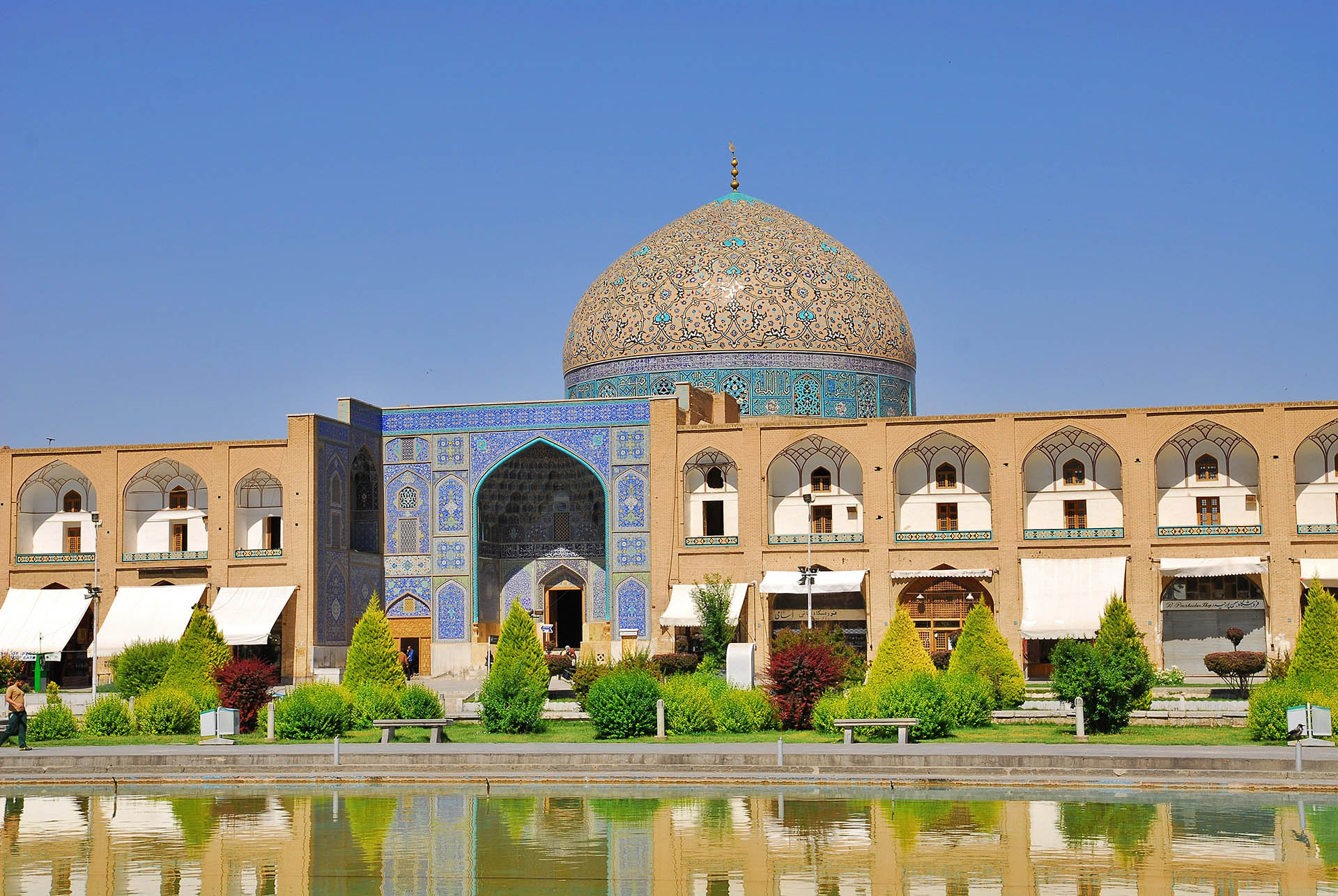
4. Ali Qapu Palace
A Royal Residence
Ali Qapu Palace, located on the western side of Naqsh-e Jahan Square, was built in the late 16th century as a residence for Shah Abbas I and his successors. The palace served as a symbol of the Safavid dynasty’s power and wealth, and was used for various purposes, including hosting foreign dignitaries and enjoying musical performances.
Unique Features
The palace is known for its unique architectural features, such as the Music Hall, which is adorned with intricate stucco work that resembles musical instruments. The palace also has a series of balconies that offer stunning views of the square below, and a central domed hall that showcases the finest of Persian interior design.
A Blend of Styles
Ali Qapu Palace is a testament to the cultural exchange that took place during the Safavid era. The palace’s architecture and decoration incorporate elements from various cultures, including Persian, Ottoman, and European styles, creating a unique blend that reflects the cosmopolitan nature of Isfahan during this period.

5. Chehel Sotoun Palace
A Masterpiece of Persian Garden Design
Chehel Sotoun Palace, located in the heart of Isfahan, is a stunning example of Persian garden design. Built in the mid-17th century during the reign of Shah Abbas II, the palace was used as a reception hall for foreign dignitaries and a place of leisure for the royal family.
Reflection of Paradise
The palace is set within a vast garden that features a central pool, fountains, and tree-lined walkways. The garden’s design is based on the concept of the “chahar bagh” (four gardens), which is meant to represent the four corners of the universe and the four elements of nature. The palace itself is a two-story structure with a grand terrace that overlooks the garden, creating a sense of harmony between the built and natural environments.
Stunning Interior
The interior of Chehel Sotoun Palace is equally impressive, with its grand hall adorned with intricate frescoes, mirrors, and ceramic tiles. The hall’s twenty wooden columns, which give the palace its name (Chehel Sotoun means “Forty Columns” in Persian), are decorated with intricate carvings and mirror work, creating a dazzling display of light and color.
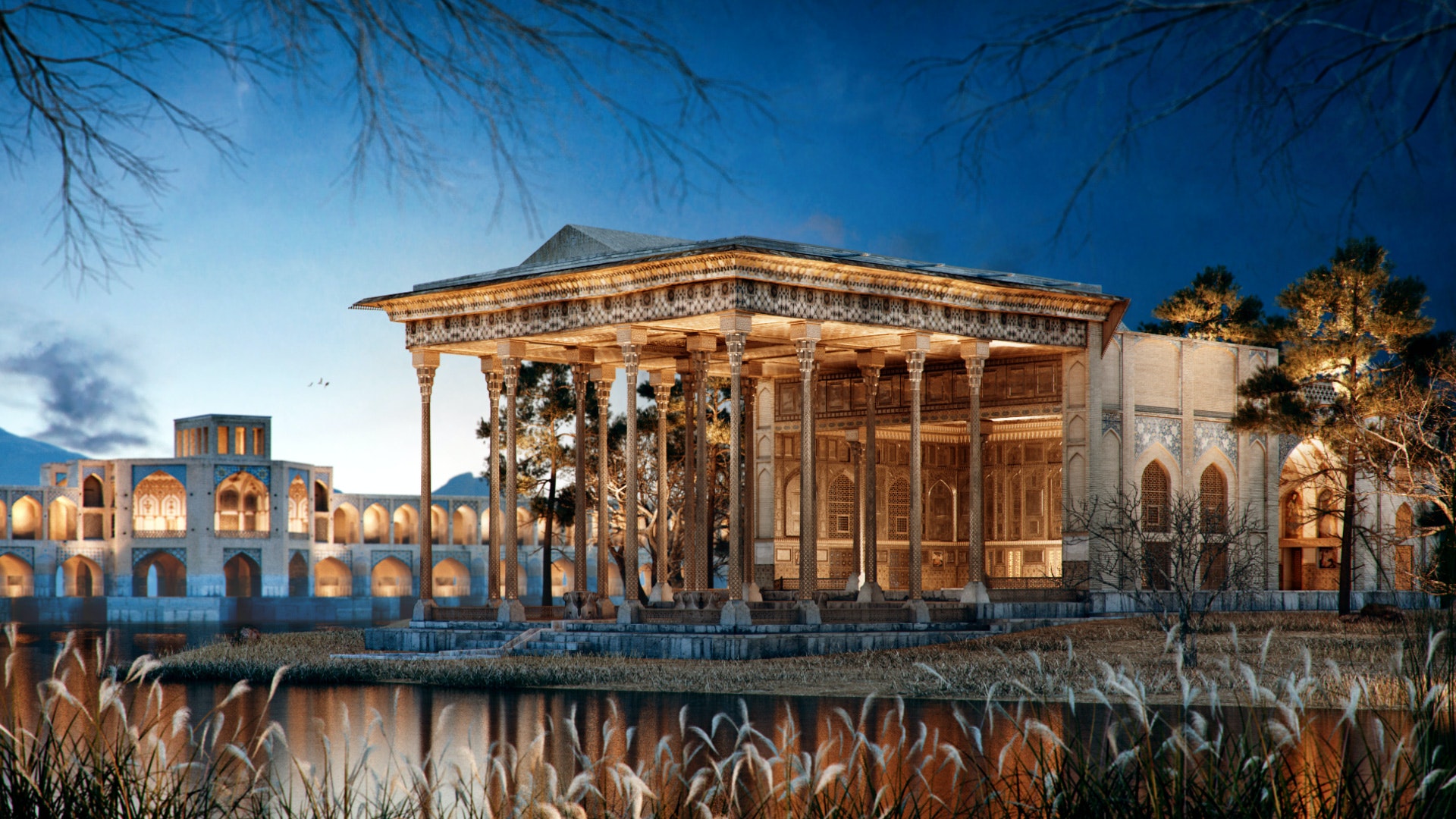
6. Si-o-se-pol Bridge
A Masterpiece of Safavid Engineering
Si-o-se-pol Bridge, also known as the Allah-Verdi Khan Bridge, is a stunning example of Safavid-era engineering. Built in the early 17th century during the reign of Shah Abbas I, the bridge spans the Zayandeh River and serves as a testament to the advanced engineering skills of the time.
Unique Features
The bridge is known for its unique architectural features, such as the 33 arches that give it its name (Si-o-se-pol means “33 Arches” in Persian). The bridge also has a series of pavilions and arcades that provide shade and shelter for pedestrians, and a central plaza that serves as a gathering place for locals and visitors alike.
A Symbol of Unity
Si-o-se-pol Bridge is not only a feat of engineering but also a symbol of the unity and harmony that characterized Isfahan during the Safavid era. The bridge connects the two halves of the city and serves as a reminder of the importance of cohesion and collaboration in building a strong and prosperous society.
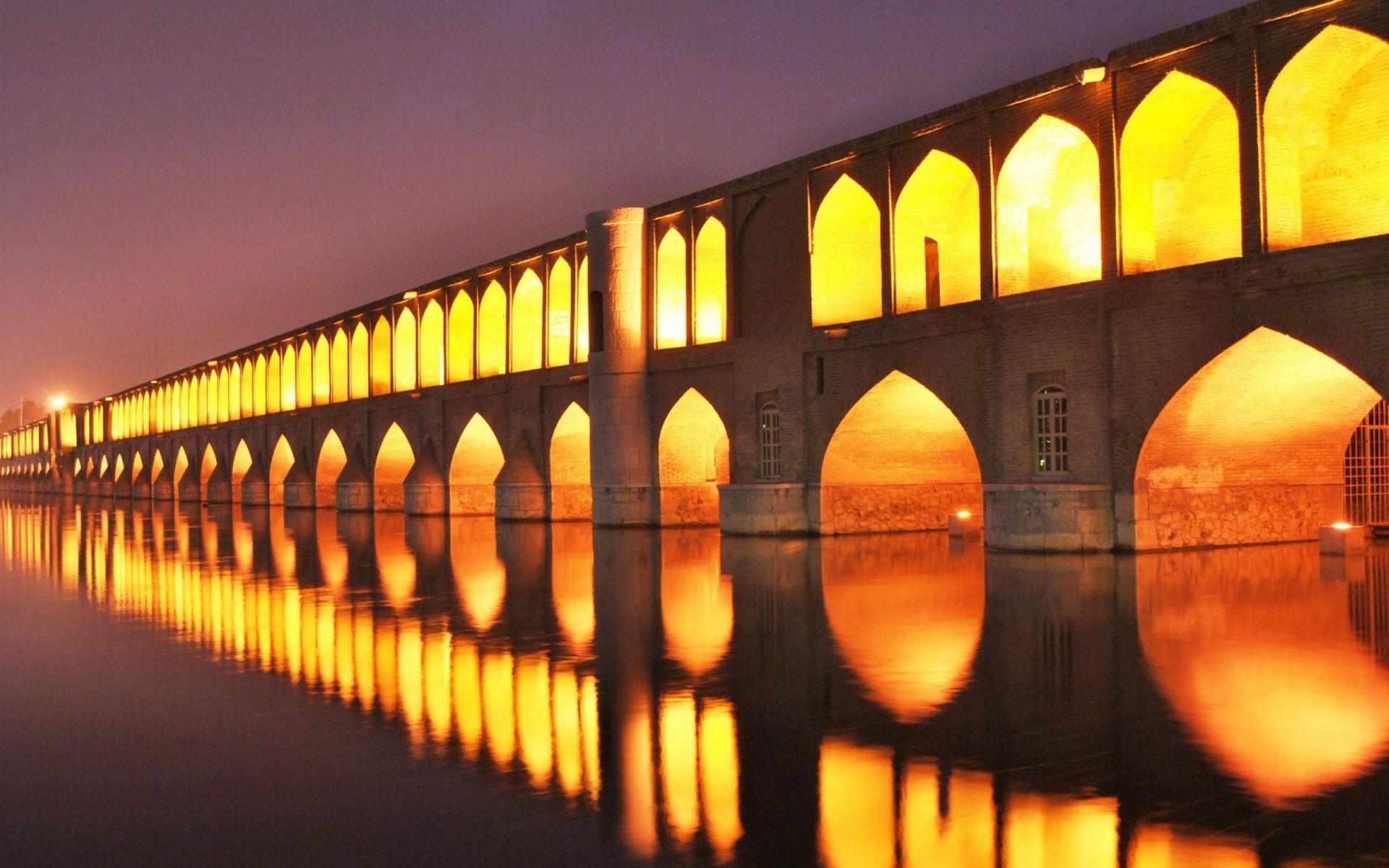
7. Khaju Bridge
A Multifunctional Marvel
Khaju Bridge, built in the mid-17th century during the reign of Shah Abbas II, is another stunning example of Safavid-era engineering. The bridge serves multiple functions, including as a dam, a water reservoir, and a place for public gatherings and ceremonies.
Unique Features
The bridge is known for its unique architectural features, such as the 23 arches that span the Zayandeh River and the two-story pavilions that provide shade and shelter for pedestrians. The bridge also has a series of steps that lead down to the river, creating a stunning visual effect and providing access to the water for various purposes.
A Place of Gathering
Khaju Bridge is not only a functional structure but also a social hub for the people of Isfahan. The bridge’s central plaza is a popular spot for picnics, music performances, and other gatherings, and the pavilions provide a cool and shaded space for socializing and relaxation.
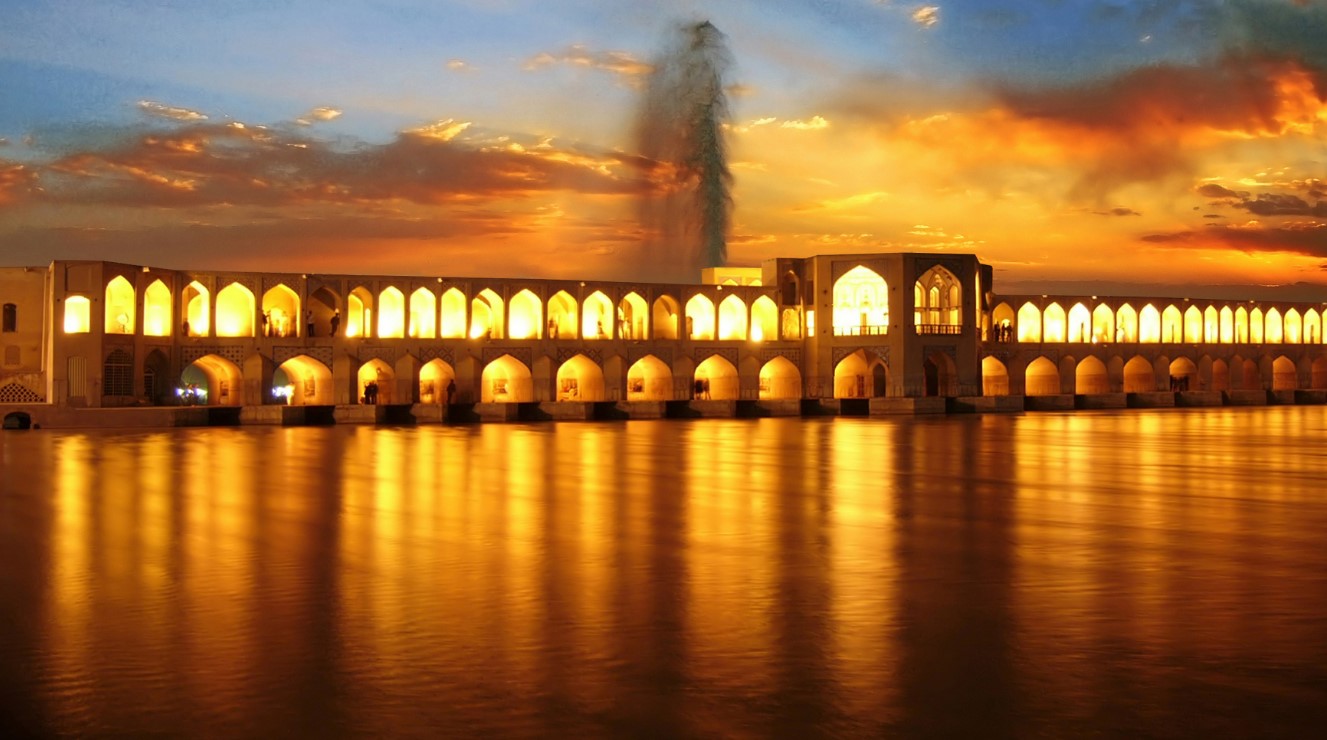
8. Jameh Mosque
A Testament to Islamic Architecture
The Jameh Mosque of Isfahan is a stunning example of Islamic architecture that showcases the evolution of mosque design over the centuries. The mosque’s construction began in the 8th century, and it has been expanded and renovated numerous times since then, resulting in a unique blend of architectural styles.
Unique Features
The mosque is known for its unique features, such as the four-iwan (vaulted hall) design, which became a hallmark of Persian mosque architecture. The mosque also has a stunning dome that is adorned with intricate tilework and calligraphy, and a series of courtyards and arcades that provide a serene and contemplative atmosphere.
A Place of Learning
In addition to being a place of worship, the Jameh Mosque also served as a center of learning and scholarship throughout its history. The mosque’s madrasa (religious school) was one of the most prestigious in the Islamic world, attracting scholars and students from far and wide.

9. Hasht Behesht Palace
A Gem of Persian Garden Design
Hasht Behesht Palace, built in the mid-17th century during the reign of Shah Suleiman I, is a stunning example of Persian garden design. The palace is set within a vast garden that features a central pool, fountains, and tree-lined walkways, creating a serene and contemplative atmosphere.
Unique Features
The palace is known for its unique octagonal design, which gives it its name (Hasht Behesht means “Eight Paradises” in Persian). The palace’s interior is adorned with intricate frescoes, mirrors, and ceramic tiles, creating a dazzling display of color and light.
A Place of Leisure
Hasht Behesht Palace was used as a place of leisure and entertainment by the Safavid royal family. The palace’s grand hall was used for music performances and poetry recitals, and the surrounding garden provided a peaceful and refreshing escape from the heat and bustle of the city.
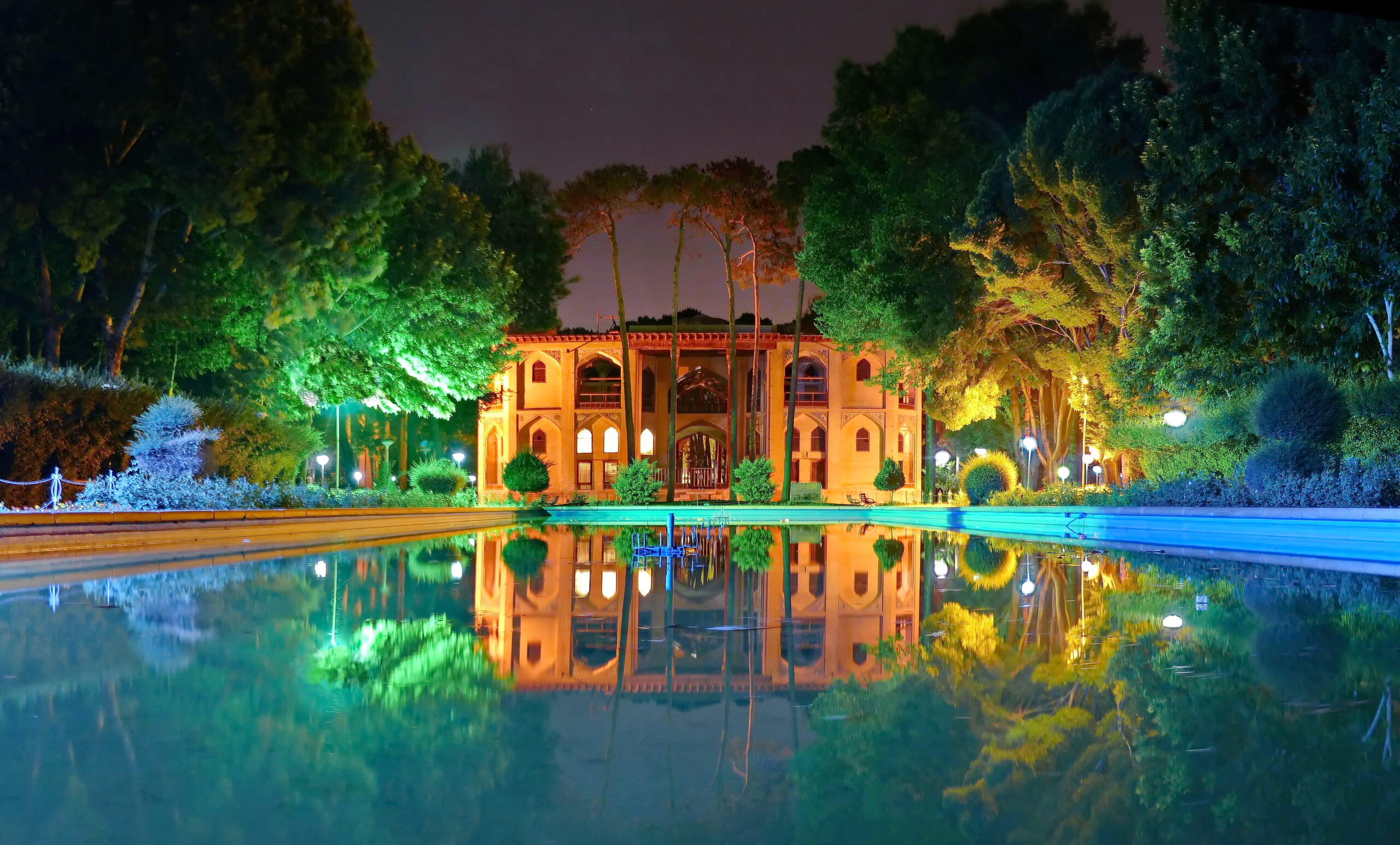
10. Menar Jonban (Shaking Minarets)
A Marvel of Medieval Engineering
Menar Jonban, also known as the Shaking Minarets, is a unique architectural wonder located in Isfahan. Built in the 14th century, the structure consists of two brick minarets that are connected by a central platform.
Unique Feature
The minarets are known for their unusual oscillating motion, which occurs when one minaret is shaken and causes the other to vibrate in tandem. This phenomenon has puzzled architects and engineers for centuries, and various theories have been proposed to explain it.
A Place of Mystery
Menar Jonban has long been a source of fascination and mystery for visitors to Isfahan. The structure’s unusual design and motion have inspired numerous legends and stories, and it remains a popular attraction for tourists and locals alike.
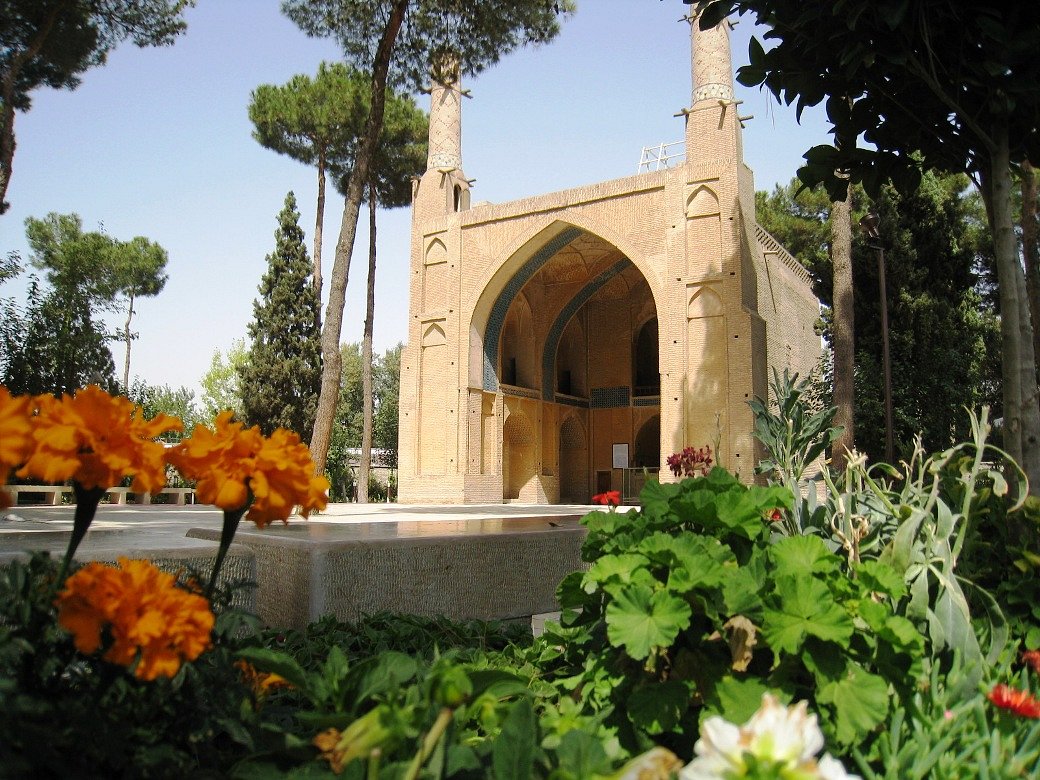
Conclusion
Isfahan’s ancient places are a testament to the city’s rich history and cultural heritage. From the grandeur of Naqsh-e Jahan Square to the unique oscillating motion of Menar Jonban, each of these sites offers a glimpse into the artistry, ingenuity, and creativity of the Persian people over the centuries.
Visiting these ancient wonders is not only a journey through time but also a celebration of human achievement and the enduring power of beauty and design. Whether you are a history buff, an architecture enthusiast, or simply a curious traveler, Isfahan’s ancient places are sure to leave you in awe and wonder.
As we explore these sites and marvel at their beauty and complexity, we are reminded of the importance of preserving and cherishing our cultural heritage. These ancient places are not only a source of pride and inspiration for the people of Isfahan but also a gift to the world, offering a window into the richness and diversity of human civilization.
So, if you ever have the chance to visit Isfahan, be sure to take the time to explore these ancient wonders and immerse yourself in the city’s rich history and culture. You will come away with a deeper appreciation for the artistry and ingenuity of the Persian people and a renewed sense of wonder at the beauty and complexity of our world.



